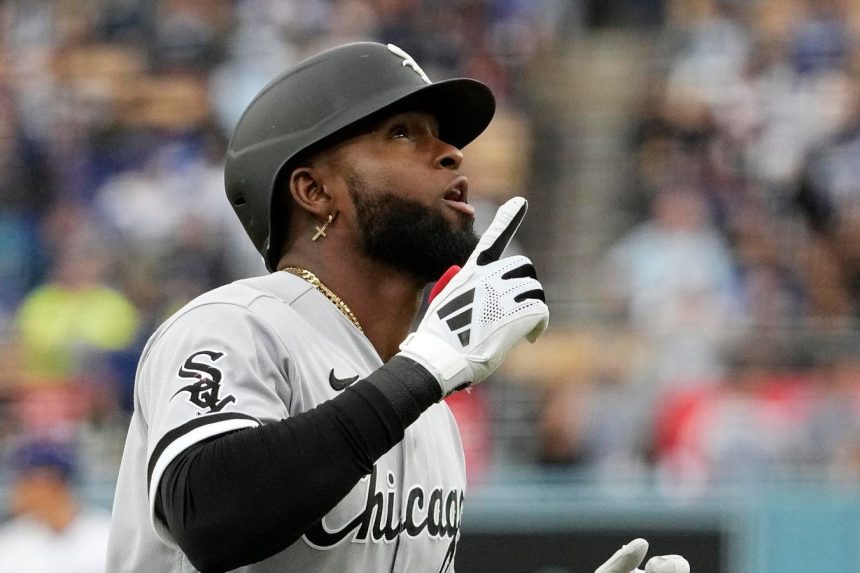The Chicago White Sox and Cincinnati Reds engaged in trade discussions centered around outfielder Luis Robert Jr., but talks stalled due to differing valuations of the player. The White Sox are hesitant to “sell low” on Robert Jr., given his injury-riddled and underperforming 2024 season, while the Reds are wary of the financial commitment associated with his contract, which includes club options for 2026 and 2027. Robert Jr.’s disappointing 2024 campaign saw him post a career-low .657 OPS in just 100 games, raising concerns about his durability and consistency. The White Sox are seeking a substantial return for the young outfielder, banking on his potential and previous successes, while acknowledging the inherent risks associated with his injury history.
Robert Jr.’s contract, which includes a $15 million salary for 2025 and $20 million club options for the subsequent two years, adds another layer of complexity to potential trade negotiations. While his 2024 performance raises red flags, teams considering acquiring him are likely factoring in his impressive 2023 season, where he showcased his potential with a .857 OPS and 38 home runs. This single season of elite production, however, is contrasted by his overall injury history, making him a high-risk, high-reward acquisition. The central question for potential suitors is whether the potential payoff justifies the financial investment and the risk of recurring injuries.
The White Sox are holding firm on their asking price for Robert Jr., believing that his talent and youth warrant a significant prospect haul in return. Despite his inconsistent performance and injury concerns, the White Sox view him as a potential cornerstone player and are unwilling to part with him for less than their perceived value. This stance, however, has created friction in trade discussions with the Reds and other interested teams. Rival general managers have noted the White Sox’s high expectations for Robert Jr.’s return, potentially creating a stalemate in negotiations.
The disparity in valuation between the White Sox and potential trade partners stems from the inherent uncertainty surrounding Robert Jr.’s future performance. While he has demonstrated flashes of brilliance, his injury history and inconsistent production create a challenging calculus for teams evaluating his worth. The White Sox remain optimistic about his potential for a resurgence, highlighting his youth and the possibility of a bounce-back season in 2025. However, interested teams are understandably cautious, given the financial commitment and the risk of further injury setbacks. This disconnect in perceived value has stalled trade talks, with the White Sox unwilling to sell low and other teams hesitant to meet their high asking price.
The most likely scenario for a potential Robert Jr. trade appears to be closer to the midseason trade deadline. If he can demonstrate improved health and performance during the first half of the 2025 season, the White Sox could leverage that resurgence to secure a more favorable return. Trading him now, while his value is depressed, would likely result in a less desirable package of prospects. A strong start to the season could significantly alter the trade landscape, potentially attracting more aggressive offers that align with the White Sox’s expectations.
The White Sox’s willingness to engage in trade discussions involving Robert Jr. suggests a broader organizational strategy focused on rebuilding their farm system and retooling for future contention. While they may be reluctant to part with him at his current value, they are clearly open to the possibility of a trade if the right offer materializes. Their previous offseason moves, such as trading Garrett Crochet to the Boston Red Sox, further underscore this commitment to bolstering their prospect pipeline. The ultimate decision regarding Robert Jr.’s future will likely hinge on his performance during the upcoming season and the availability of suitable trade offers that meet the White Sox’s expectations.



